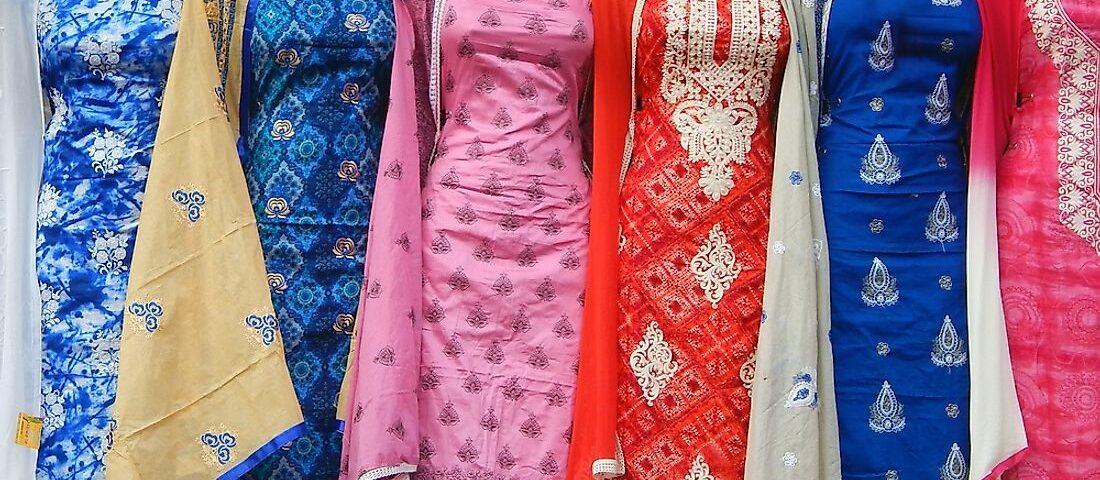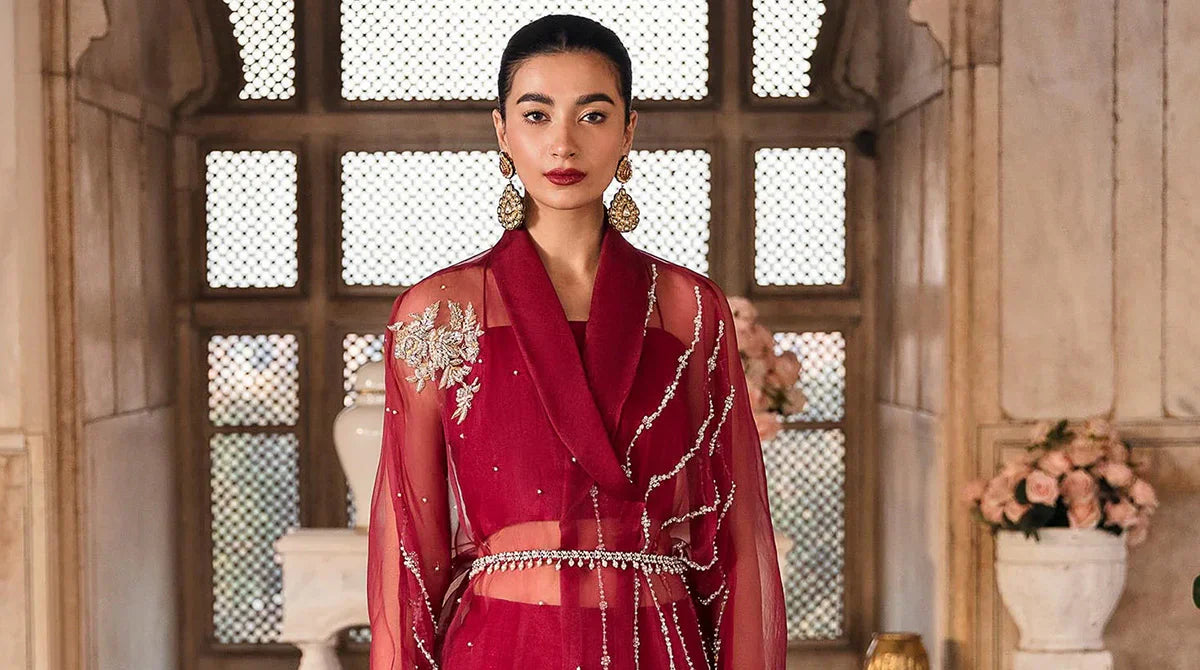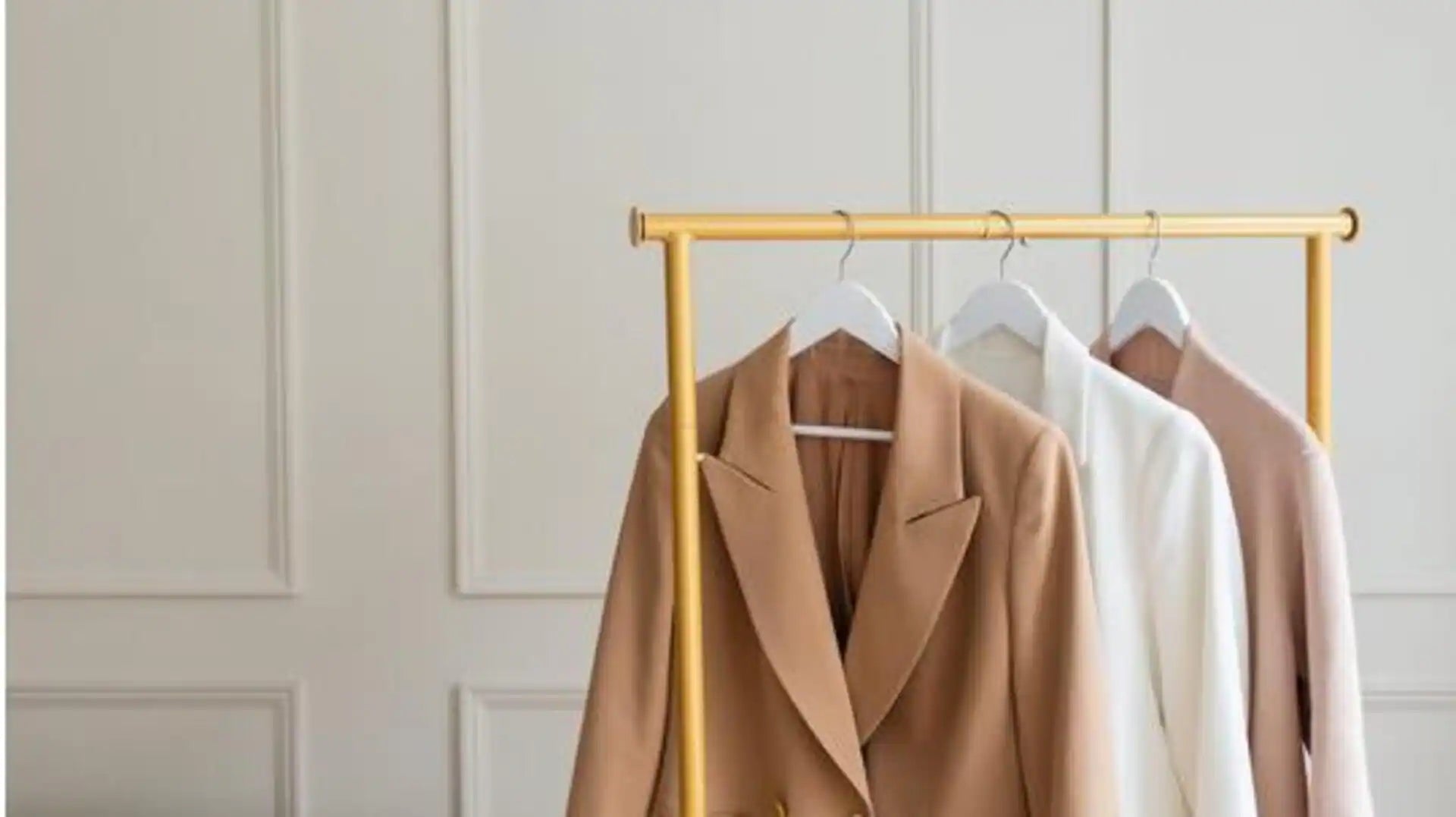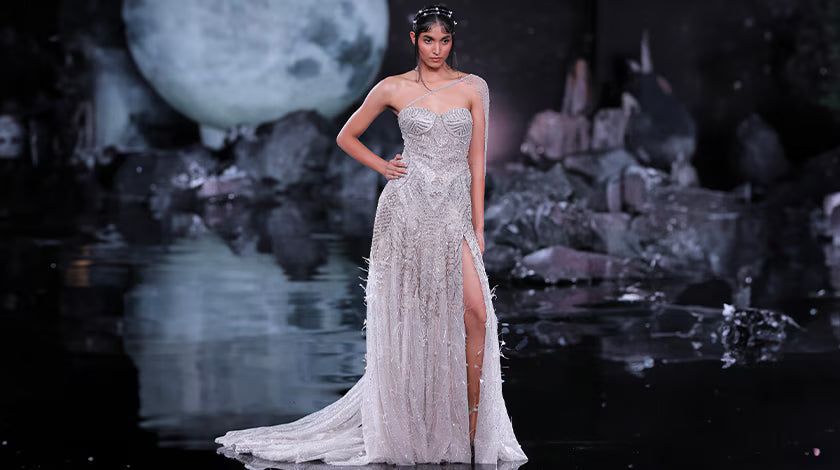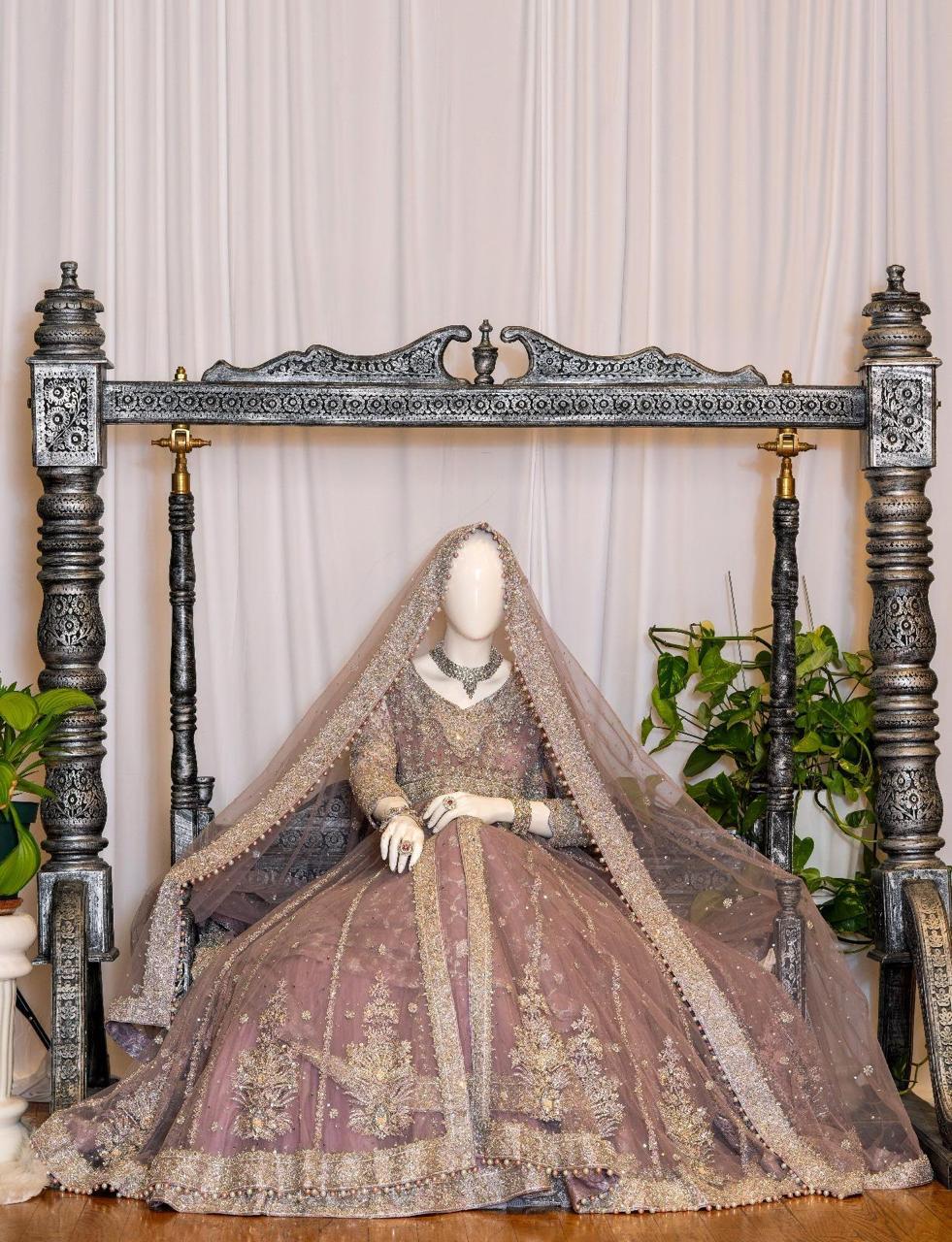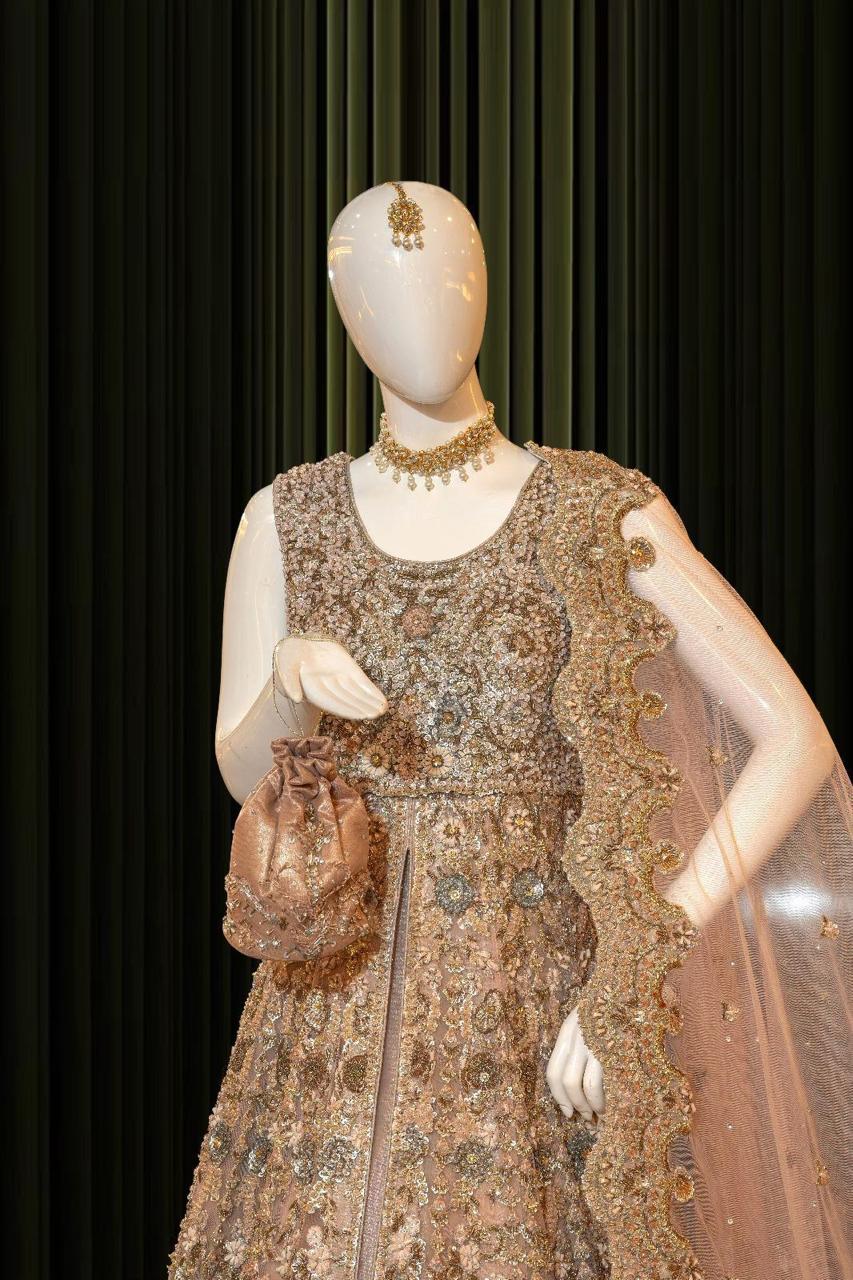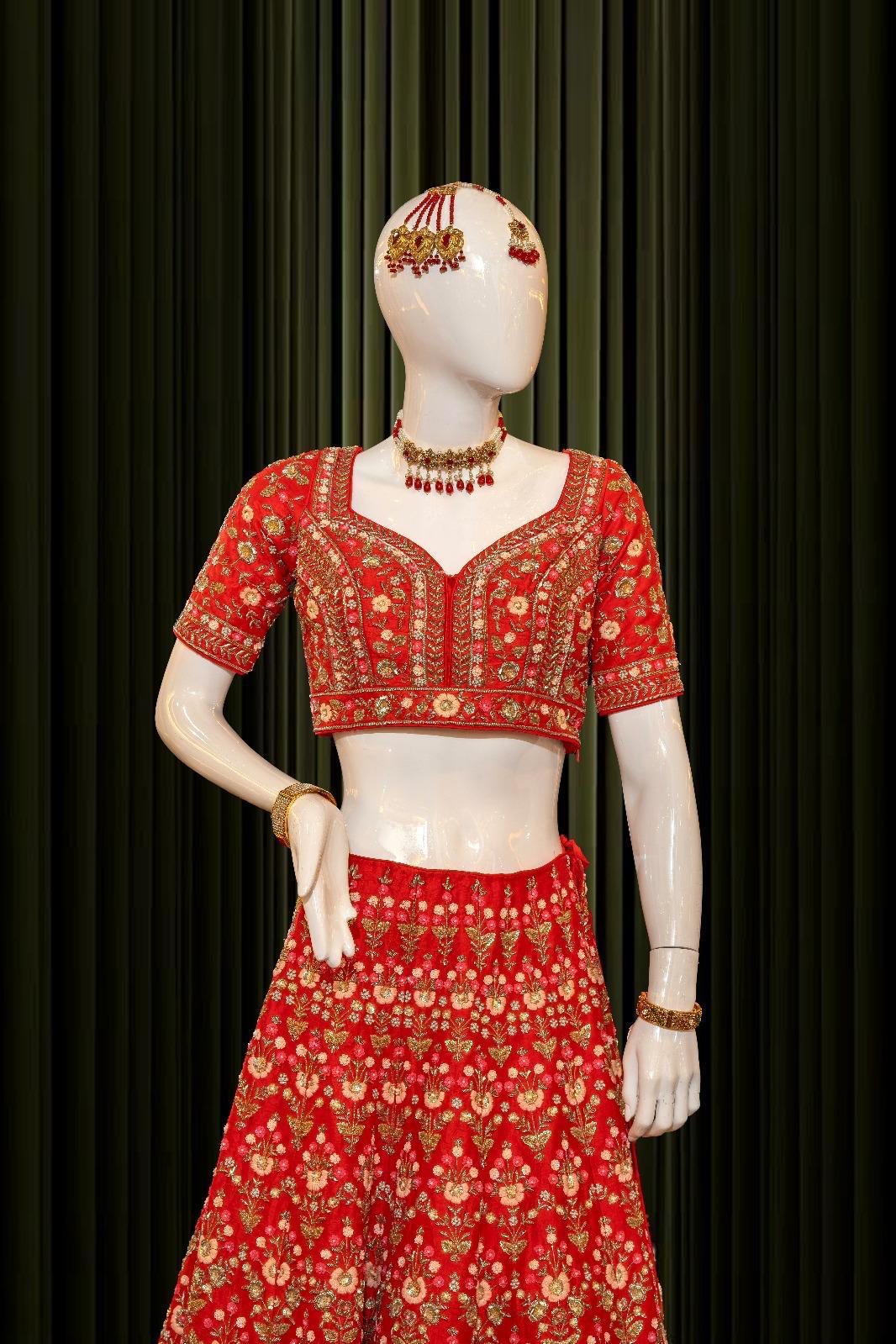Your shopping bag is empty
The Timeless Elegance: Exploring Traditional Pakistani Clothing
- Posted by: Zohaib Khan
- Comments: 0
- Categories: Latest
- Tags:
Traditional Pakistani clothing possesses a rich history and exudes timeless elegance. In Pakistan, people cherish their cultural heritage. And express it through their clothing choices. The traditional attire, like shalwar kameez, sarees, and lehengas. Reflects the country’s diverse traditions and regional influences.
People wear these garments on special occasions and events. And they hold great significance. The fabrics used were cotton, silk, lawn, and chiffon. Showcase the craftsmanship and artistry of Pakistani textiles. The colorful embroideries, mirror work, zari, and gota work. Add a touch of beauty and sophistication to these outfits. Let’s delve into the captivating world of traditional Pakistani clothing!
Different Styles of Traditional Pakistani Clothing
In Pakistan, people wear many different styles of traditional clothing. Each region has its own special style. For example, in Sindh, people wear clothes that are colorful and have lots of embroidery. In Punjab, the clothing is simpler and more comfortable. Balochi clothing has unique patterns and designs. And in Kashmir, people wear clothes made from warm wool. These different styles reflect the diversity and beauty of Pakistani culture. By learning about these styles. We can appreciate the unique traditions and history of each region in Pakistan.
The Iconic Shalwar Kameez:
The shalwar kameez is a popular and iconic traditional Pakistani outfit. It consists of two main pieces: the shalwar, which is loose-fitting pants, and the kameez, which is a long shirt. People love the shalwar kameez for its comfort and versatility. It comes in different styles like straight-cut, A-line, and Anarkali. People wear it for both casual and formal occasions. The fabric choices, colors, and beautiful embroidery make each shalwar kameez unique. You can pair it with matching or contrasting accessories like dupattas and bangles. The shalwar kameez represents the cultural heritage of Pakistan.
Embroideries and Embellishments:
In Pakistani clothing, embroideries and embellishments make outfits look beautiful and special. Embroidery means decorating fabric with colorful threads in intricate patterns. It is like drawing with a needle and thread. Pakistani clothes have amazing embroidery work. Like delicate threadwork, shiny mirrors, and sparkly sequins. Skilled artisans spend hours creating beautiful designs for these decorations. The embroidery adds charm and uniqueness to the clothes, making them stand out. You can find different embroidery styles in Pakistan, like Multani, Sindhi, and Kashmiri. These details make Pakistani outfits stunning and full of artistry.
The Charm of Traditional Pakistani Dresses:
Traditional Pakistani dresses are beautiful and charming. They make people look elegant and graceful. One type of traditional dress is the Anarkali, which has a long, flowing top and a fitted bottom. Another is the lehenga choli, a skirt, and blouse set with heavy embroidery. There’s also the ghagra choli, which is like the lehenga choli. People wear these dresses on special occasions like weddings and festivals. To look even more beautiful, people can wear matching accessories. Like bangles and earrings. Traditional Pakistani dresses are a wonderful way. To celebrate our culture and feel special.
The Beautiful Dresses Pakistani Brides Wear:
Pakistani brides wear exquisite and stunning dresses on their special day. The designers have designed these dresses to make them look like princesses. The bridal lehenga and sharara are the most popular choices. The artisans craft them with great care and attention to detail. These dresses sparkle with sequins, boast delicate embroidery, and shimmer with stones. The colors are usually vibrant and rich, like deep red and shimmering gold. Pakistani brides also wear beautiful jewelry. Such as necklaces, earrings, and bangles, to complete their bridal look. Seeing a Pakistani bride in her traditional dress is a sight to behold!
Conclusion:
Traditional Pakistani clothing is a true reflection of the country’s rich heritage and culture. From the vibrant colors to the intricate embroideries. Pakistani outfits never fail to impress. We have explored the diverse range of traditional clothing styles. Found in different regions of Pakistan, such as Sindhi, Punjabi, Balochi, and Kashmiri. Each style has its own unique features that make it special.
One of the most popular traditional Pakistani outfits is the shalwar kameez. It consists of loose-fitting pants called shalwar and a long tunic top called kameez. The shalwar kameez comes in various styles. Such as straight-cut, A-line, and Anarkali.
Different fabrics such as cotton, silk, or chiffon can make it. It is a comfortable and versatile choice for both casual and formal occasions.
The beauty of Pakistani clothing lies in the exquisite embroideries and embellishments. Skilled artisans use delicate threadwork, mirrors, and sequins to create stunning designs. These embellishments not only add glamour to the outfits. But also showcases the rich artistic heritage of Pakistan.
Traditional Pakistani dresses such as Anarkali, lehenga cholis. And ghagra cholis exhibit grace and elegance. They are particularly popular as bridal wear, as they make the bride look like a princess on her special day. The use of vibrant colors, intricate embroideries, and flowing silhouettes. Adds to the splendor of Pakistani bridal wear.
In conclusion, traditional Pakistani clothing is a true masterpiece. That represents the beauty and diversity of Pakistan’s culture. Pakistani fashion showcases a rich heritage and craftsmanship. Make it unique and captivating. By appreciating and exploring traditional Pakistani clothing. We not only celebrate our roots but also contribute. To the preservation of this timeless art form.
Remember, you can always add your own thoughts. And personal touch to the conclusion section.

